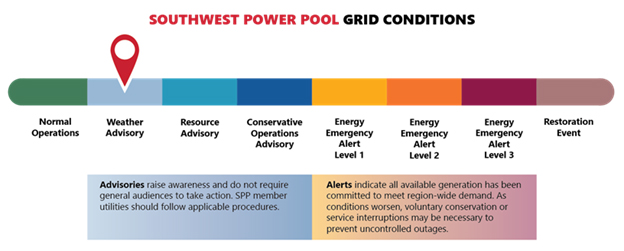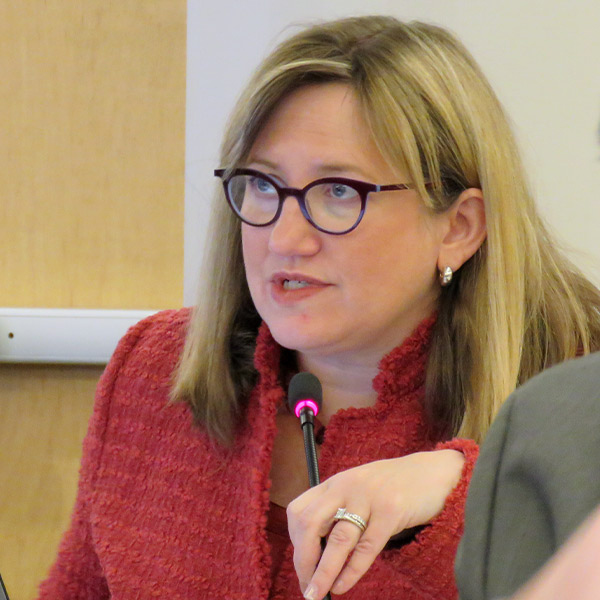Rules drafted by New Jersey’s Department of Environmental Protection (DEP) to cut emissions from electricity generation and building heating systems faced tough criticism Tuesday from the environmental and business communities who said the rules would raise costs and do little to meet the state’s climate change goals.
The rules seek to reduce CO2 from fossil-fired electric generating units (EGU) through reduced emissions limits and would prohibit the installation of new commercial and industrial fossil fuel-fired boilers in certain circumstances. The rules also would ban the use of two fuel oils that have high CO2 emissions.
Few of the more than 50 speakers that addressed the four-hour online hearing to solicit public input on the rules offered support for them. Environmentalists, who accounted for the largest proportion of the speakers, called the rules flawed and urged the DEP to undertake a dramatic rewrite or start again. They said numerous loopholes and exceptions would allow many existing fossil-fuel generation plants to continue operating and new fossil plants to be built.
“We didn’t expect this rule to be a silver bullet,” said David Pringle, a steering committee member of Empower New Jersey, a coalition of about 120 environmental, community, faith and grassroots groups. “But it’s a dud. … There’s lots of examples of where this rule doesn’t go far enough.”
Electric Generation
Under the rules, existing power plants would be able to emit no more than 1,700 lb. CO2/MWh gross energy output beginning Jan. 1, 2024. The permitted emissions would decline to 1,000 lb. CO2/MWh gross energy output by Jan. 1, 2035. New fossil-fueled plants would need to meet the “most stringent CO2 emissions limits currently available.” New EGUs with a capacity equal or greater to 25 MWe could generate no more than 860 lb. CO2/MWh gross energy output. New EGUs with a smaller capacity than 25 MWe would have no emissions limit unless there are other new EGUs built at the same facility and their combined capacity was more than 25 MWe.
The rules would also ban high-emitting fuel oil Number 4, often used for low- and medium-speed diesel engines, and Number 6 fuel oil, used mainly for electric power production, space heating, ships and industrial purposes.
Jeff Tittel, the former head of the New Jersey Sierra Club, said he believes the rules will enable 90% of the existing fossil-fuel plants in New Jersey to continue operating and won’t prevent the construction of new plants because they set the emissions limitations so high.
“We’re concerned that this rule is going to allow for more power plants, more fossil fuel infrastructure and keep almost all the [existing] dirty plants,” he said. He and several other environmentalists said the rules are so ineffective that the DEP should abandon them and start again.
Mixed Reaction on Boiler Rules
The rules also seek to limit emissions from buildings, which according to the DEP, account for 62% of the state’s end use energy consumption. If the rules go into effect, the DEP will not issue a permit for a new fossil-fuel fired boiler of between one and five MMBTU unless it is “technically infeasible” to use non-fossil fuel boiler because of “physical, chemical or engineering principles” or because the interruption of the operation of an existing boiler could “jeopardize public health, life or safety.” The rule would take effect Jan. 1, 2025.
DEP says there are about 8,421 fossil-fuel fired heating boilers in the state, and about 268 are replaced on average each year. While the rules do not require the use of electric boilers, they note that they are the most “commonly available” alternatives to fossil-fuel boilers.
“This proposal will do little to reduce greenhouse gas emissions or protect citizens but could be costly and highly destructive of our energy systems and our economy,” said Ray Cantor, a lobbyist for the New Jersey Business and Industry Association.
Yet there were pockets of support for the rules. Eric Miller, New Jersey energy policy director for the National Resource Defense Council, said the efforts to cut emissions from boilers — the state’s second largest source of emissions from end-use sectors — are sorely needed.
“Rapid decarbonization of the building sector is a key goal,” he said. “This rulemaking will be the first major electrification effort by the state of New Jersey. The importance of this portion of the rulemaking can’t be overstated.”
Cutting Emissions by 50%
The hearing was part of a 90-day public comment period that will end Mar. 6, after which DEP will consider the comments and may revise the rules, a process that will likely take most of this year.
Gov. Phil Murphy, who began his second four-year term in January, wants the state to reach a goal of 100% clean energy by 2050. To that end, Murphy in 2020 released a masterplan update that seeks to cut New Jersey’s GHG emissions 80% by 2050 (80×50), and on Nov. 10, 2021, signed an executive order that committed the state to reaching a 50% cut in emissions by 2030.
To reach the goals, Murphy has pledged to procure 7,500 MW of offshore wind capacity and to offer incentives and create charging infrastructure to put more EV cars and trucks on the road. He also has sought to reshape the state solar incentive programs to reduce taxpayer costs and stimulate growth.
Although it acknowledged the electricity generation sector is the state’s third-largest source of CO2 emissions, DEP said fossil fuel plants would be needed for years to come because no OSW will be generated until 2025, and much of the planned wind energy capacity would not come online until much later.
Environmentalists questioned how Murphy could pledge to be committed to cutting emissions while allowing the DEP to release a rule proposal that would fall far short of his goals.
Empower New Jersey said that by comparing the calculations for emissions reductions outlined in the DEP rules with the reductions set out in Murphy’s goals, it concluded that the rules would provide only about 3% of the reductions needed to reach the 80X50 goal, and only about 4% of those needed for a 50% cut in emissions by 2030.
“This rule needs a clear overhaul to get anywhere near that goal,” said Doug O’Malley, director of Environment New Jersey.
Businesses were more concerned about the new rules on boilers. Andrew J. McNally, director of government affairs for South Jersey Industries, which owns two gas delivery companies, urged DEP to abandon the rules governing boilers. He said the company has about 600 customers that use gas boilers, which would eventually have to be replaced with an electric system that would cost about twice as much and be far more expensive to run.
He said the shift to electricity would also “actually increase emissions” because the state still relies on some fossil-fuel plants to generate electricity.
Nicholas Kikis, vice president of legislative and regulatory affairs for the New Jersey Apartment Association, which represents the owners, managers and developers of apartment buildings, said the proposed rule governing boilers “essentially discards a system that works well.”
“Overall, the apartment industry has made tremendous strides towards improving energy efficiency and reducing the environmental impact of buildings and building gas systems,” he said, citing EE measures and upgraded building systems. The proposed rules, he added, would reject that in favor of a “one size fits all strategy” based on electricity.


